Borwick
![]()
![]()
Borwick
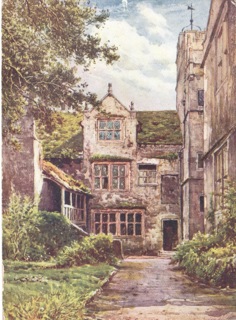 Early History
Early History
Borwick Hall's impressive tower has dominated the picturesque village green for more than six centuries. But village history goes back long before the Hall. An important Bronze Age funerary monument was excavated near Manor Farm in the 1980’s. Dating from between 1740 and 1640 BC, its cairn yielded pottery fragments and human bones, as well as two metal daggers and an axe. Archaeologists also identified a fascinating array of bird bones buried within the cairn – everything from woodcock to wrens. At nearby Docker a hoard of bronze Roman coins was found in 1975 by a local man washing mud from his boots in the River Keer, while at Tewitfield a modest silver Viking hoard was unearthed in the 1990’s.
Borwick Hall
It is possible that Borwick Hall’s fortifications were initially built from wood. But in the late fourteenth century a stonepele tower was erected to protect people and cattle from marauding Scots. The Hall was extended in the sixteenth century by the Bindloss family, a wealthy dynasty of Kendal clothiers, who added the impressive gatehouse and the adjacent stable-block for the pack-horses which carried Kendal cloth south to London.
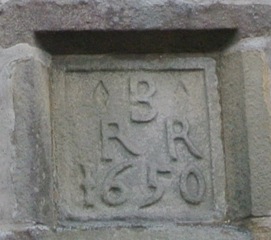
Sir Robert Bindloss was elected Member of Parliament for Lancaster at the age of sixteen and his immense wealth is said to have prompted a contemporary saying: “As rich as Sir Robert in the North”. Officially he backed Parliament in the Civil War but he seems to have had Royalist sympathies. In 1651 he was diplomatically absent when Borwick Hall accommodated the future Charles the Second after his defeat at the Battle of Carlisle. Local tradition has it that a young local woman attended His Majesty in a first floor bedroom: a liaison that produced one of his many illegitimate children.
The datestone on Borwick Hall's gatehouse (left) carries the date 1650, and the initials of Robert Bindloss and his wife, Rebecca.
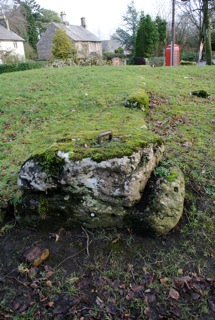
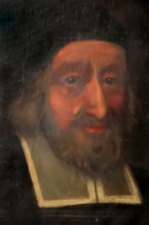 Conflicts
Conflicts
Large limestone blocks on the village green (right) mark the foundations of a chapel where Dr Richard Sherlock (left) -- formerly a chaplain to Royalist troops -- preached dangerously unfashionable Catholic sermons in the 1650’s. He clashed in debate with the Yealand Quaker, Richard Hubberthorne. And George Fox, the founder of the Quaker movement, complained that armed men from Borwick Hall had tried to break up one of his meetings. In the Jacobite rebellion of 1715 Ralph Standish of Borwick Hall supported the Catholic and Stuart causes. But he was captured at the Battle of Preston where the rebellion was crushed.
Towards Modern Times
The Lancaster canal arrived at Borwick in the 1790’s and the railway in 1867. But Borwick was now taking a backseat in national affairs.
The Jackson family who lived at Borwick Hall in the mid-19th century were innovative farmers, who introduced short-horn cattle and Leicester sheep to the area. Meanwhile the Sharps of Linden Hall-- just across the green -- commissioned fashionable Lancaster architects Austin and Paley to build St Mary’s church in 1896 as a chapel of ease, still subordinate to the Parish Church at Warton.
Borwick Hall fell into disuse in the later 19th century until the arrival of the former music critic of The Times, JA Fuller Maitland in 1911. After his death in 1936 it became a country club and during the second World War it was taken over as a military base before being purchased by the County Council who now run it as an outdoor activity centre.
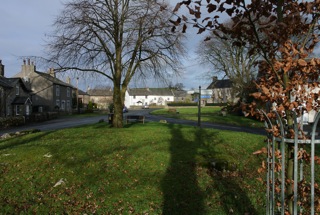 Timeless
Timeless
Today with its cottages and farms clustering around the green in the shadow of the Hall, the village retains a charming, timeless quality. And it is true that Borwick has not expanded as fast as some villages. When the first national census was carried out in 1801 its population was 208. By 2001 it had risen to 210.
